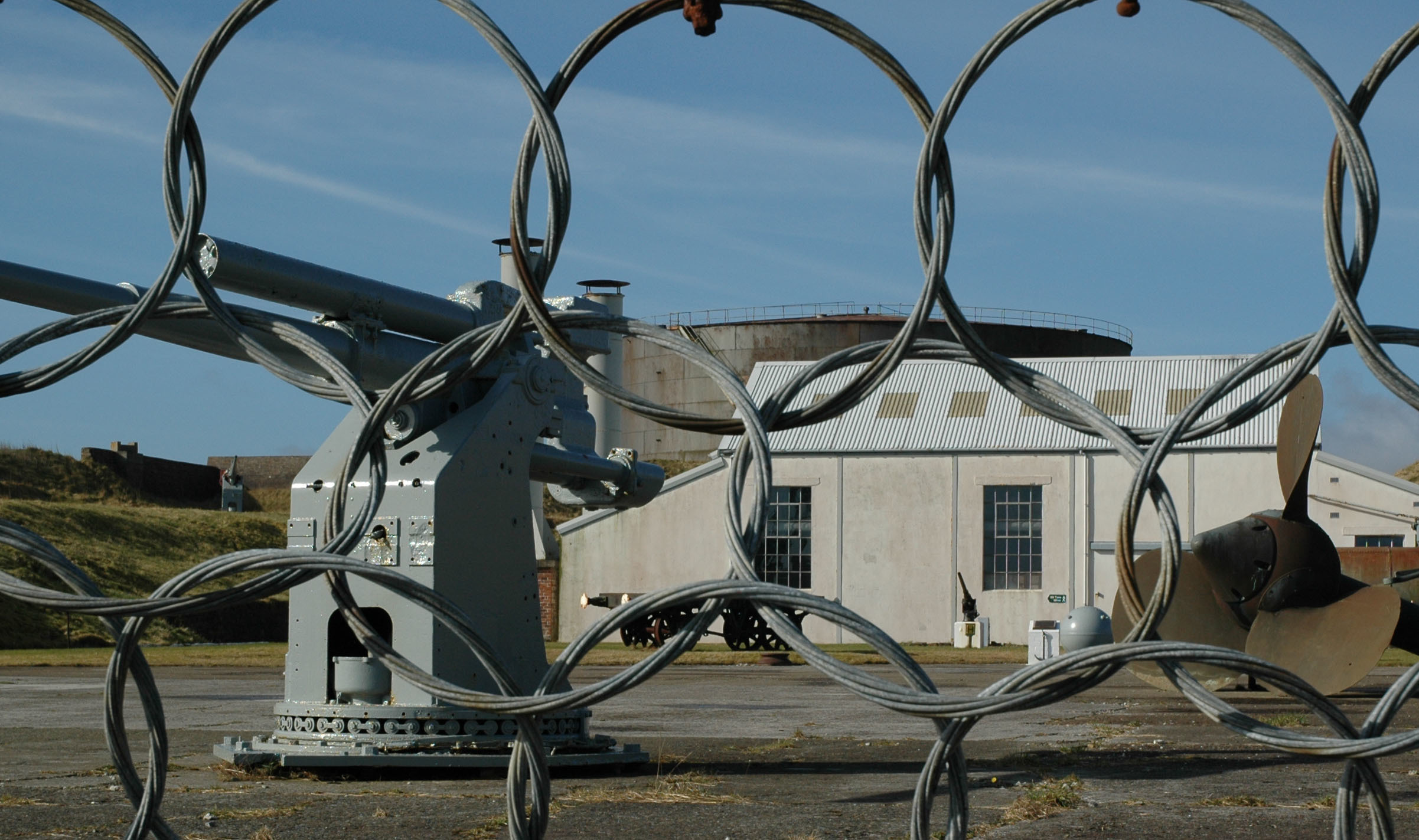Plans to revamp a museum at Scapa Flow have taken a major step forward after more than £1.5million was committed to the project.
Extensive repairs and development at the Scapa Flow Visitor Centre and Museum are due to begin next year.
Orkney Islands Council set aside more than £1.5million to pay for the repairs.
More than £500,000 has already been committed by Historic Scotland and £25,970 has been awarded by Museum Galleries Scotland.
The council is also bidding for £900,000 from the Heritage Lottery Fund to add a new building to the complex.
The museum at Lyness on the island of Hoy tells the story of Scapa Flow and Orkney in both world wars.
Included in its collection are artefacts from the 1919 scuttling of the German Fleet in Scapa Flow, among them the ensign from SMS Hindenburg.
The museum also holds a propeller from the ill-fated HMS Hampshire, which sank off Birsay in June 1916 with the loss of 650 lives, including Secretary of State for War, Field Marshal Lord Kitchener.
Councillor Janice Annal, chairwoman of the council’s education, leisure and housing committee said: “I congratulate the staff involved for their hard work progressing the project on these fronts.
“These achievements will help protect an important wartime heritage asset, something especially welcome as we draw nearer to important national World War I commemorations, some of which will take place in Orkney.”
Colin McLean, head of the Heritage Lottery Fund in Scotland, added: “The sheltered waters of one of the world’s largest natural harbours have shaped the history of travel, trade and maritime warfare across centuries.
“Scapa Flow has an internationally important story to tell and HLF is delighted to give its initial support to a project which will do just that.
“Not only will rare military equipment from both world wars be saved but some of the stories of the 12,000 people once stationed there will bring the Naval Base’s incredible history back to life.”
Scapa Flow was a Royal Naval base during both world wars, and the visitor centre is located about a mile from the Lyness Royal Naval Cemetery.
More than 440 Commonwealth servicemen of World War I, nearly all sailors are buried in the cemetery, of whom 107 remain unidentified.
